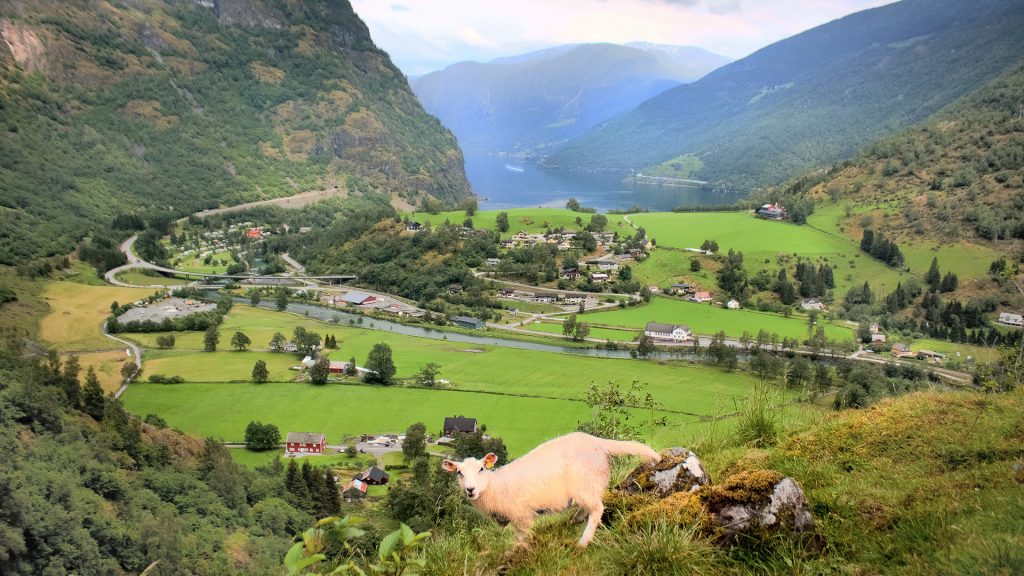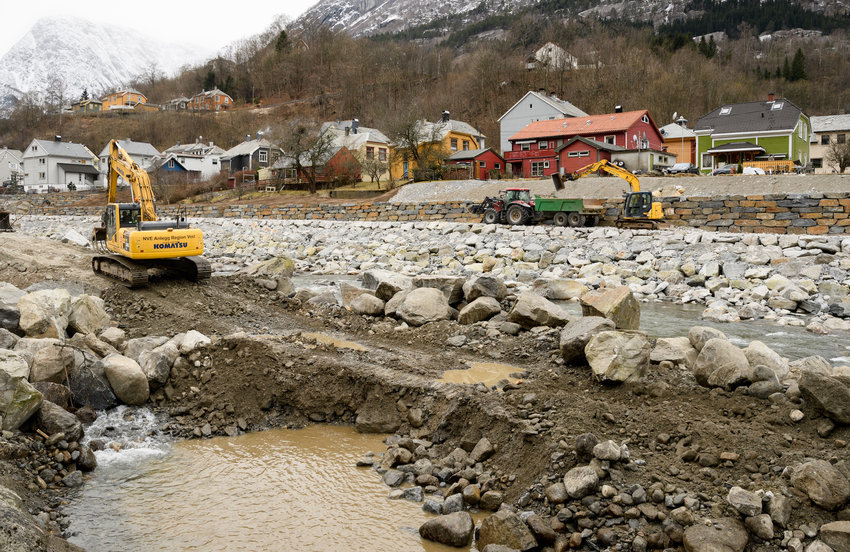More precise seasonal forecasts for climate and weather exposed sectors in Norway are being developed by the research centre Climate Futures. The first forecast for the fall points to a mild September for large parts of the country.
By: Andreas R. Graven, NORCE Research
English version: Kristine Skarsvåg

After a generally sunny and warm summer without any major drought issues, this new seasonal forecast is mainly positive news, especially for the harvest.
The forecast provided by Climate Futures entails data from 5 forecasting models. Each of these models produces at least 30 scenarios, resulting in a total of around 200 scenarios as a basis for this new forecast.
Climate Futures is a Centre for Research-based Innovation (SFI) led by NORCE. It consists of 7 research partners and nearly 30 user partners from the public and private sectors.
– Our forecast indicates clearly that September could get higher than normal temperatures. There is a 50-67% probability that this will happen in most of the country, excluding parts of Finnmark, says Kolstad.
Read the whole seasonal forecast for September here.
The forecast tells us about the likelihood of it being warmer or colder than normal (and wetter or drier), it does not provide specific temperatures. They are divided into three terciles with a 33% likelihood of each scenario: warmer/wetter than normal, normal and colder/drier than normal.
– Most likely, the precipitation will be more or less as normal, possibly leaning slightly towards a wetter-than-normal scenario, while a drier-than-normal scenario is the least likely, Kolstad explains.
Developing Climate Forecasts to Manage Climate Risk
According to Kolstad, October might also be milder than normal. However, given that the uncertainty increases the longer into the future we want to predict, precipitation for this month is much more uncertain.
The seasonal forecast was presented from sunny Arendal by the above-mentioned climate scientist Erik Kolstad at NORCE, who is also the leader of Climate Futures. Kolstad is also connected to the Bjerknes Centre for Climate Research. He has been present at several debates about climate at Arendalsuka.
Climate Futures uses a range of forecasting models that cover both ocean and atmosphere and combine them with historical data. Climate Futures will develop forecasts from 10 days to 10 years into the future to manage climate risk.
An important part of the centre’s work will be to issue warnings when there is an increased likelihood for extreme weather events and phenomena that will pose a threat to the economy, welfare, and society as a whole.
– We are going to help sectors vulnerable to climate and weather to manage the risk connected to weather and climate, be it direct phenomena like flood and drought, or more indirect risk related to investments in other parts of the world. We will also be innovative when it comes to the presentation of the forecasts and tailor them for to different users and their needs, says Kolstad.
More about this seasonal forecast and earlier forecasts can be found on klimavarsling.no
PS: Kolstad could also tell us that next week (week 34), the weather in Southern Norway will still keep up with the summer weather we’ve been having, while it will get colder in Northern Norway. The whole country will probably be fairly dry. Looking two weeks ahead, it seems the heat will take a break at least, and the weather is predicted to be colder and wetter in most parts of the country.
(This article was first published at norceresearch.no).

